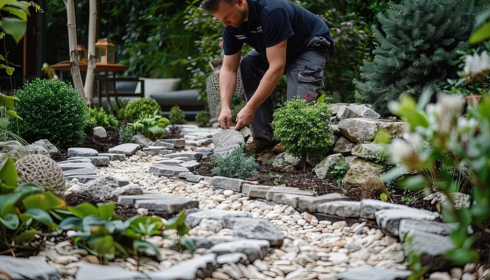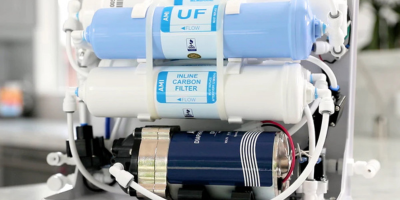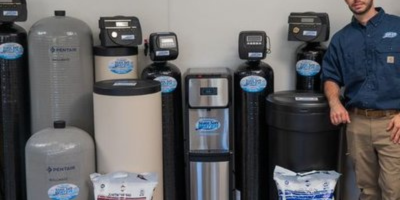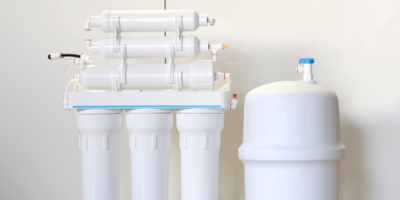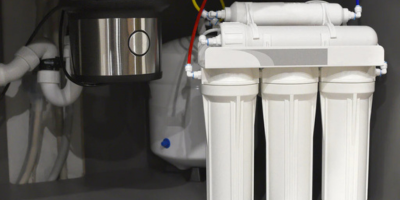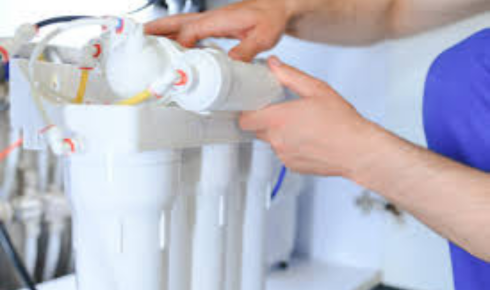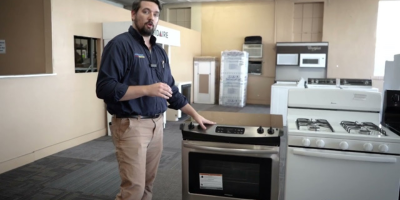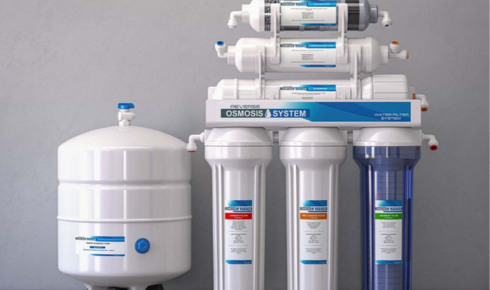
I’ll be honest with you—I never used to think twice about the water coming out of my tap. As long as it was cold and didn’t smell funny, it was “good enough,” right? But over time, I started to notice things. That weird aftertaste in my tea. The hard, chalky residue on my kettle. And my skin? Let’s just say it didn’t love the minerals.
So I did what most people do when something nags at them: I Googled. Fell down a rabbit hole of reviews, opinions, and plumber forums (those are real, by the way). That’s when I stumbled across something I hadn’t considered before: tankless RO system install solutions. And let me tell you, it wasn’t just a tech upgrade—it was a lifestyle one.
Water Filtration Isn’t Just About Taste—It’s About Trust
Let’s face it, municipal water treatment gets the job done. But it’s designed for mass consumption, not personal preference. That’s where home filtration systems shine—they allow us to tailor the water we drink and use to what we actually need.
Some folks want to remove chlorine taste. Others need help with heavy metals or microbes. Families with kids may be worried about nitrates or lead. And then there’s the eco-conscious crowd (hi, that’s me) who just want to stop buying plastic jugs of water. Whatever the reason, people are waking up to the idea that tap water could be better—and now it can be.
Which brings us to the real game-changer: custom water filtration systems.
This isn’t a one-size-fits-all filter from the clearance aisle. This is where water treatment becomes personalized. You can mix and match pre-filters, UV sterilizers, remineralization cartridges—you name it. It’s like building a playlist, but instead of songs, you’re choosing what flows through your pipes.
Why Tankless RO Feels Like the Future
Reverse osmosis (RO) isn’t new. But traditional systems usually include a big ol’ storage tank that sits awkwardly under the sink. It fills slowly, takes up valuable space, and can become a breeding ground if not maintained properly. That’s not ideal.
Enter tankless RO systems. No waiting for a tank to fill. No bulky setup hogging your cabinet. Just clean, fresh water on demand.
And get this—it’s not just convenient, it’s more efficient too. Many of these modern systems come with smart flow sensors, automatic flushing, and digital displays that tell you when it’s time to change filters. No more guessing. No more “uh-oh” moments when your glass smells like pennies.
I recently had a tankless RO system install done in my kitchen, and it was genuinely one of the smoothest home upgrades I’ve experienced. The plumber was in and out in a couple hours, no drywall demolition, no pipe drama. And now I get glass after glass of crisp, delicious water. My coffee even tastes better (and that’s saying something).
Setting Up a Reverse Osmosis System: It’s Not as Scary as You Think
Now, if the words reverse osmosis make your brain start sweating, take a breath. You don’t need to be a chemist to understand how it works. In simple terms, RO forces water through a semi-permeable membrane that catches contaminants. What comes out the other side? Purity.
A proper reverse osmosis setup involves a few key elements: pre-filters to handle sediment and chlorine, the RO membrane itself, and post-filters to polish the final taste. Most systems now include a TDS (total dissolved solids) monitor so you can see how clean your water really is.
Installation can be DIY if you’re handy and have the right tools, but most folks prefer to hire a pro—especially if they’re going under the sink, tapping into a cold line, or cutting into countertops for a new faucet. Either way, once it’s in, the maintenance is surprisingly minimal. Just change the filters every 6–12 months, depending on your water source and usage. Easy.
Final Thoughts: Water, Reimagined
You know how sometimes a little change ends up making a big difference? That’s what installing an advanced RO system has felt like for me. I didn’t expect it to change how I feel about something as basic as water, but it did.
I drink more of it now, because it tastes good. I worry less about what’s in it, because I know what’s being filtered out. And I appreciate the little ritual of filling my glass, knowing it’s one of the healthiest choices I make every day.
So if your tap water’s been “just fine,” maybe it’s time to imagine what “amazing” might taste like.
Cheers to clearer water—and clearer decisions.

